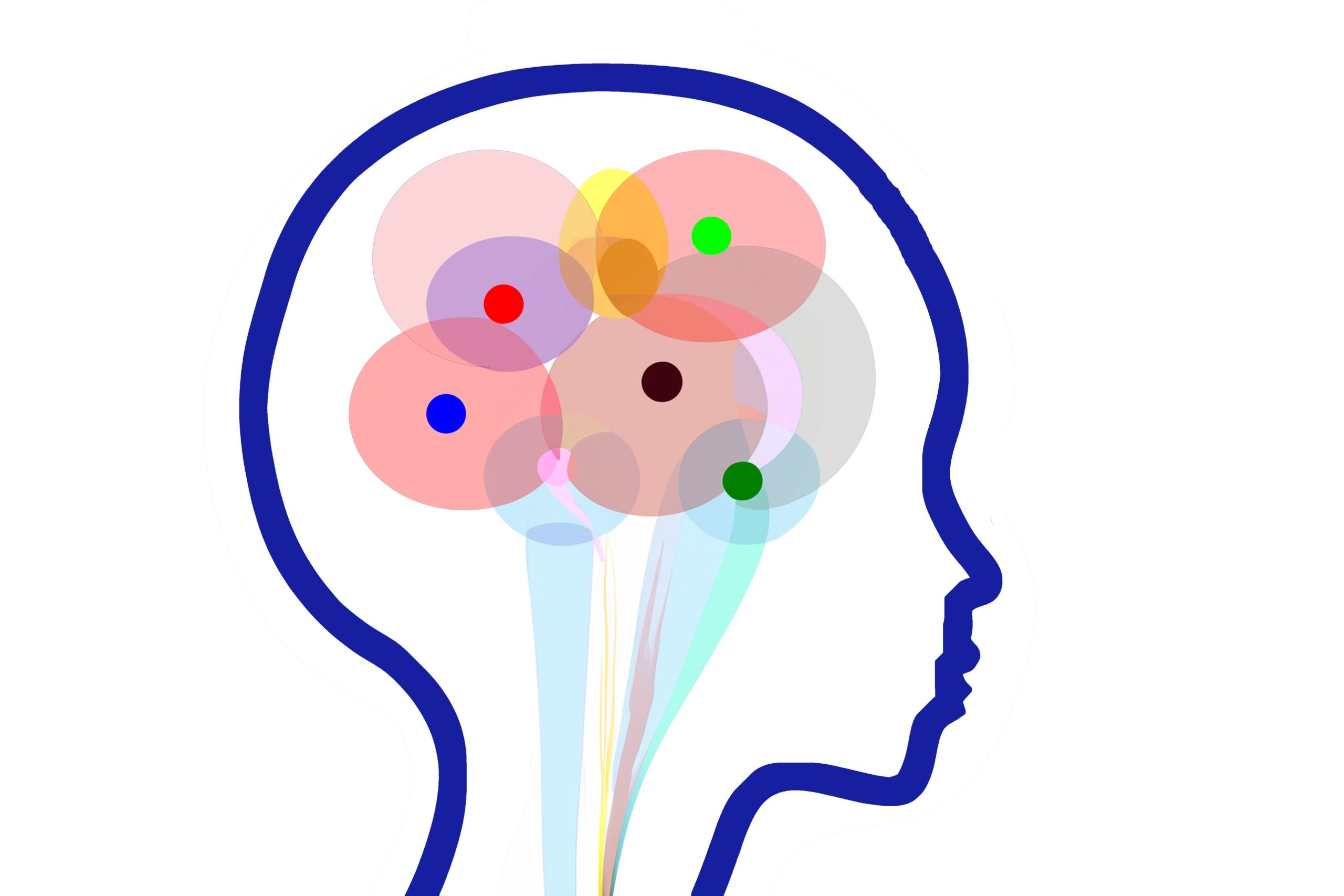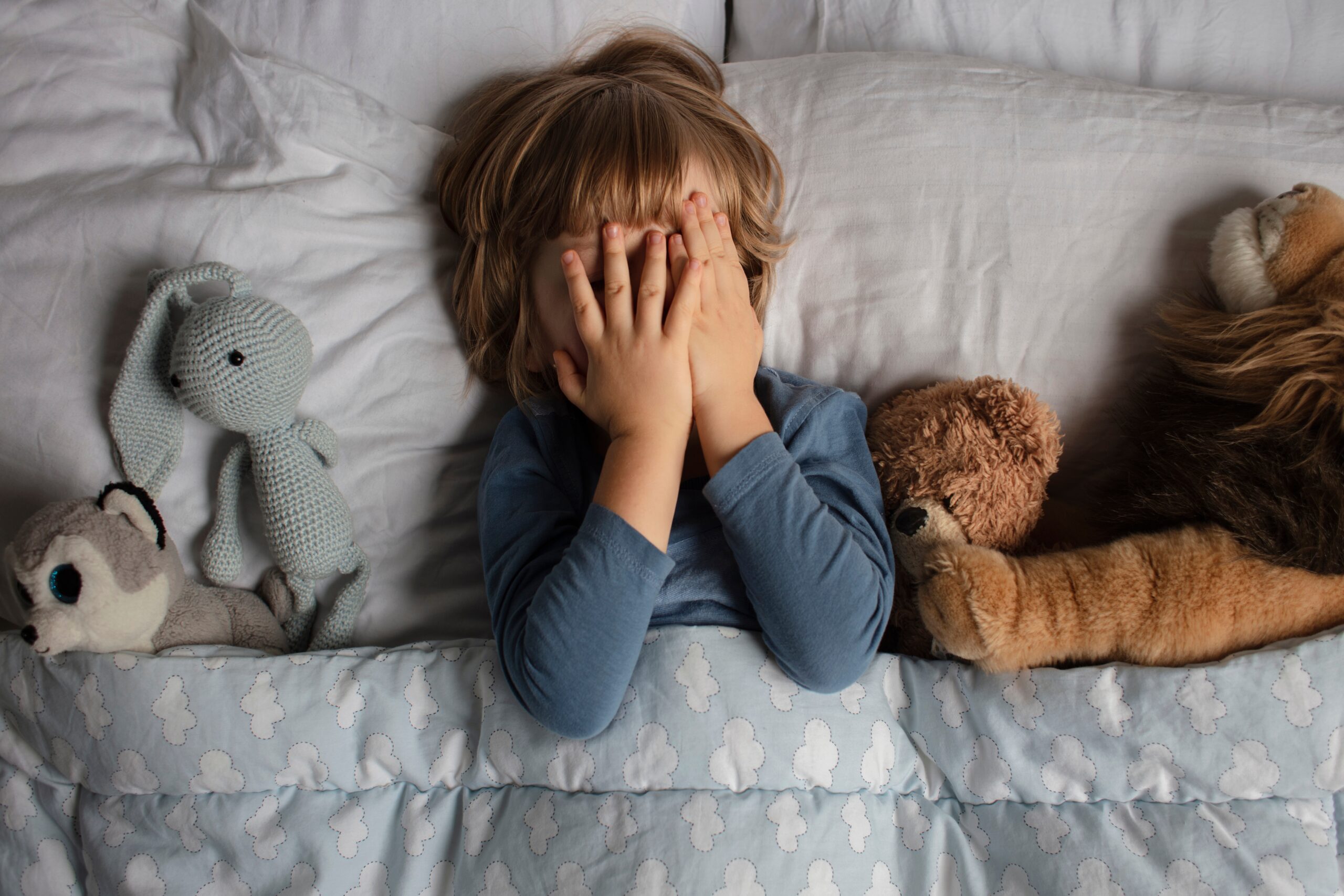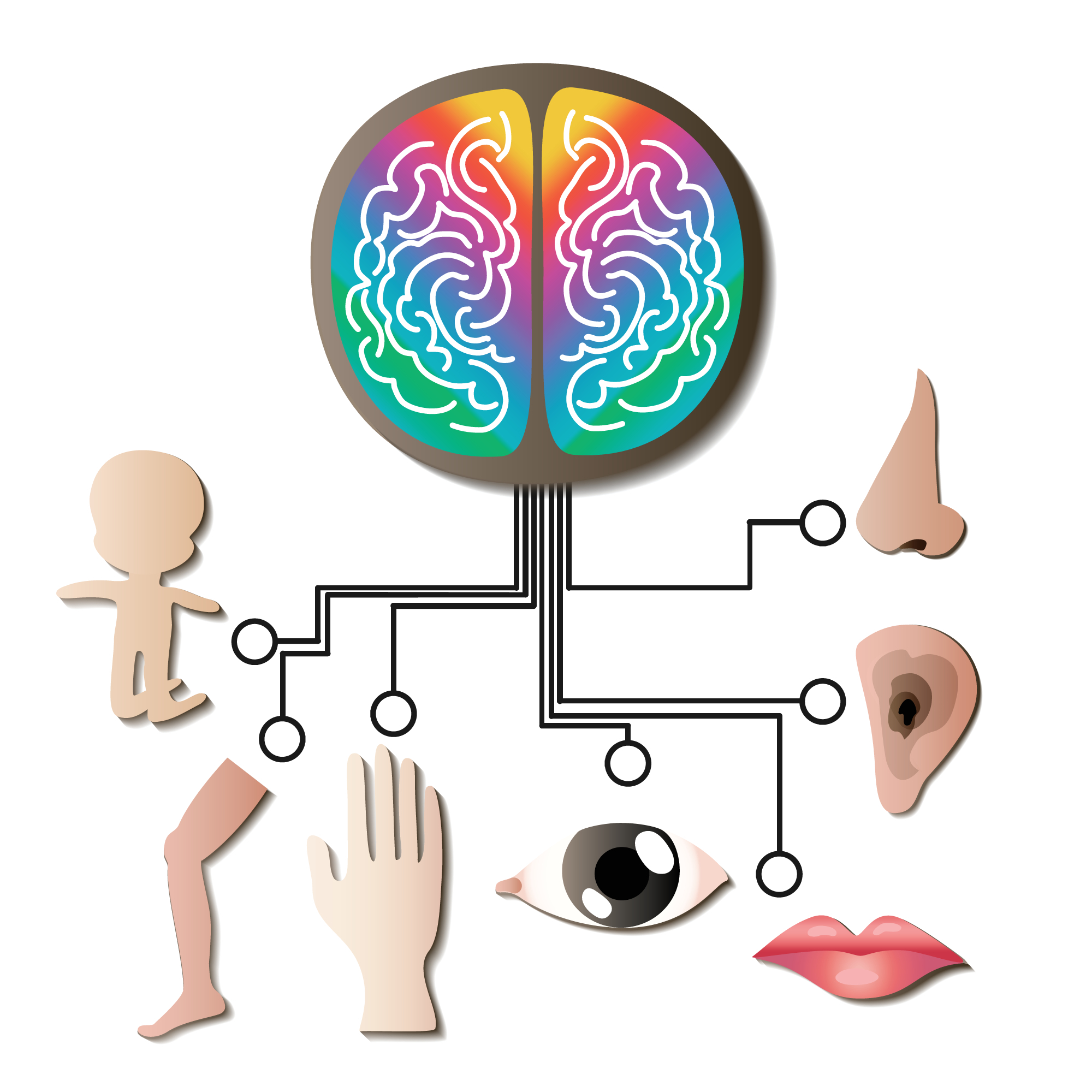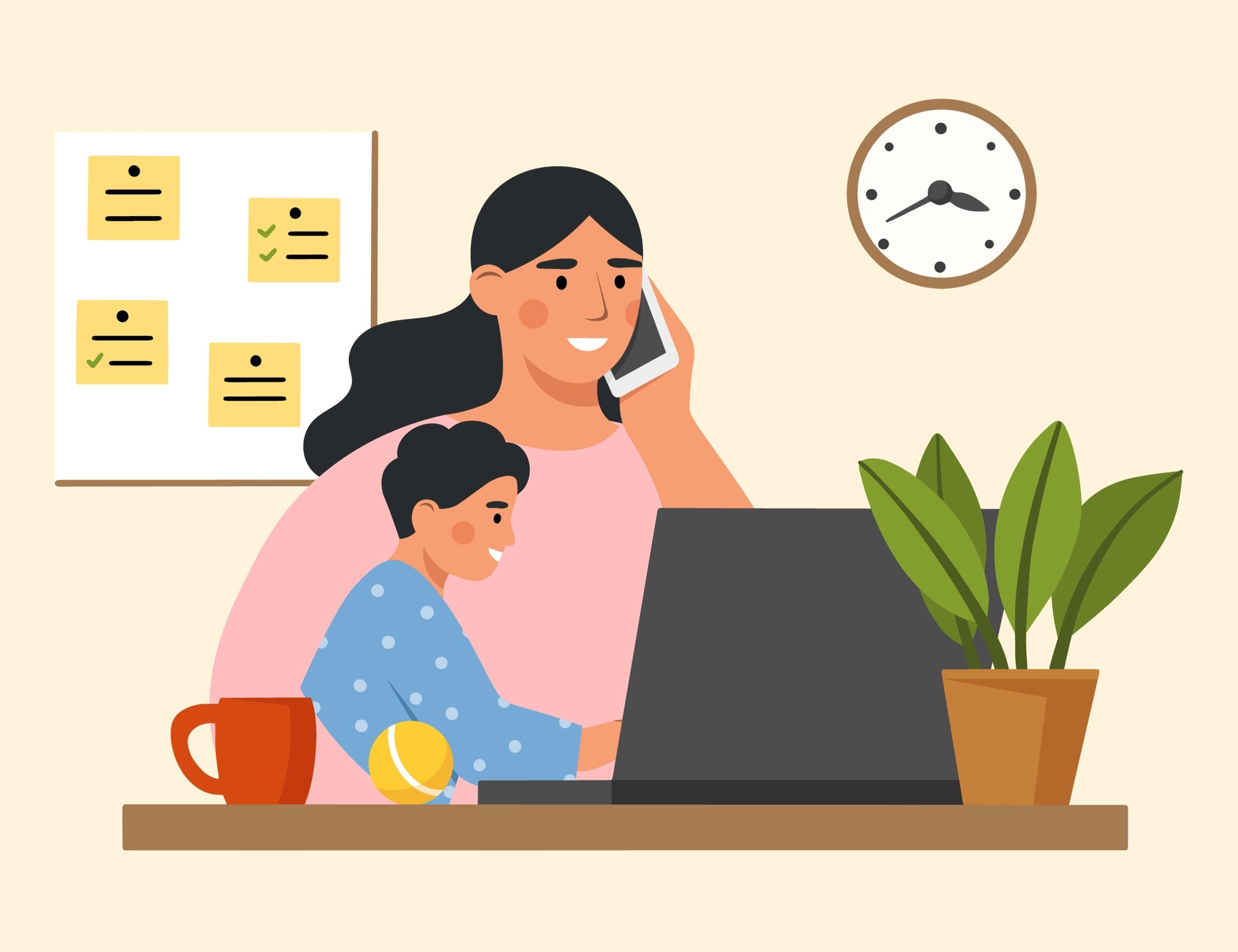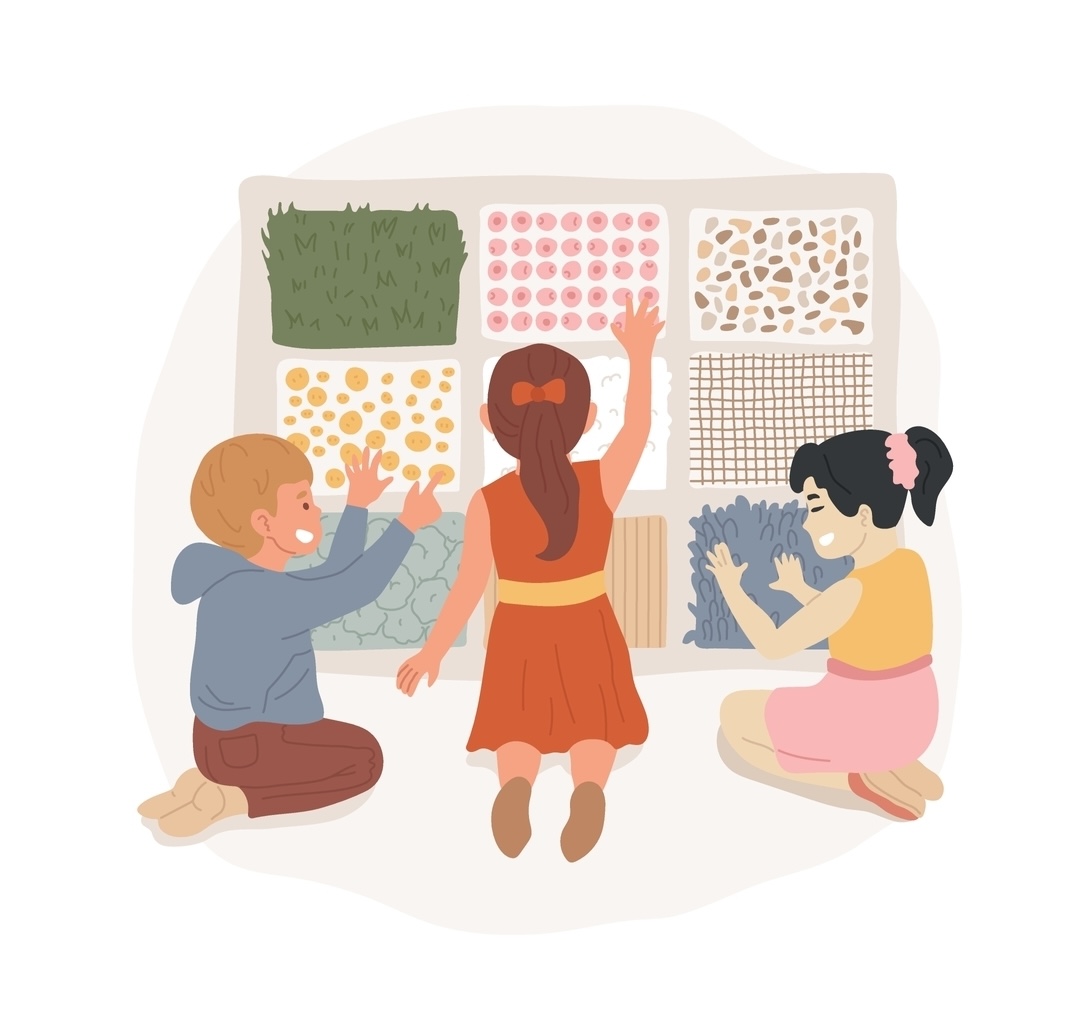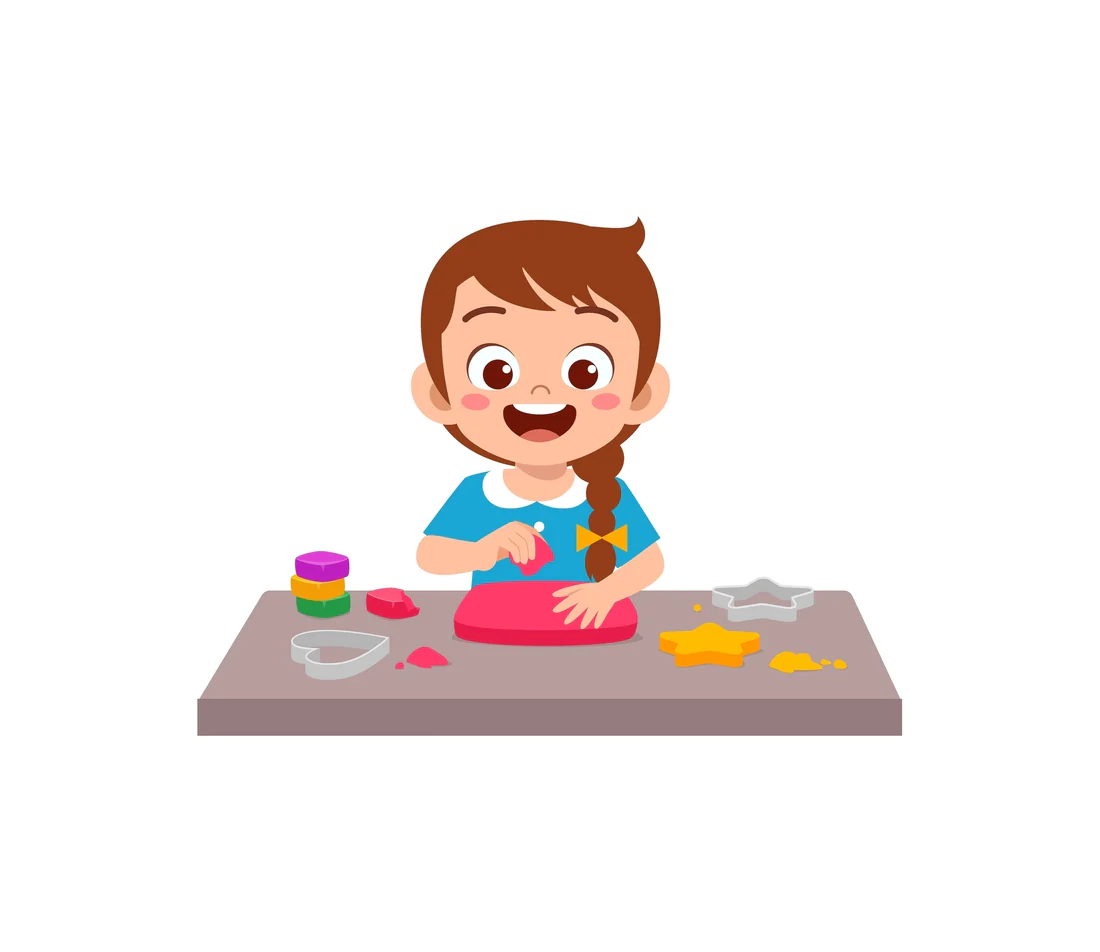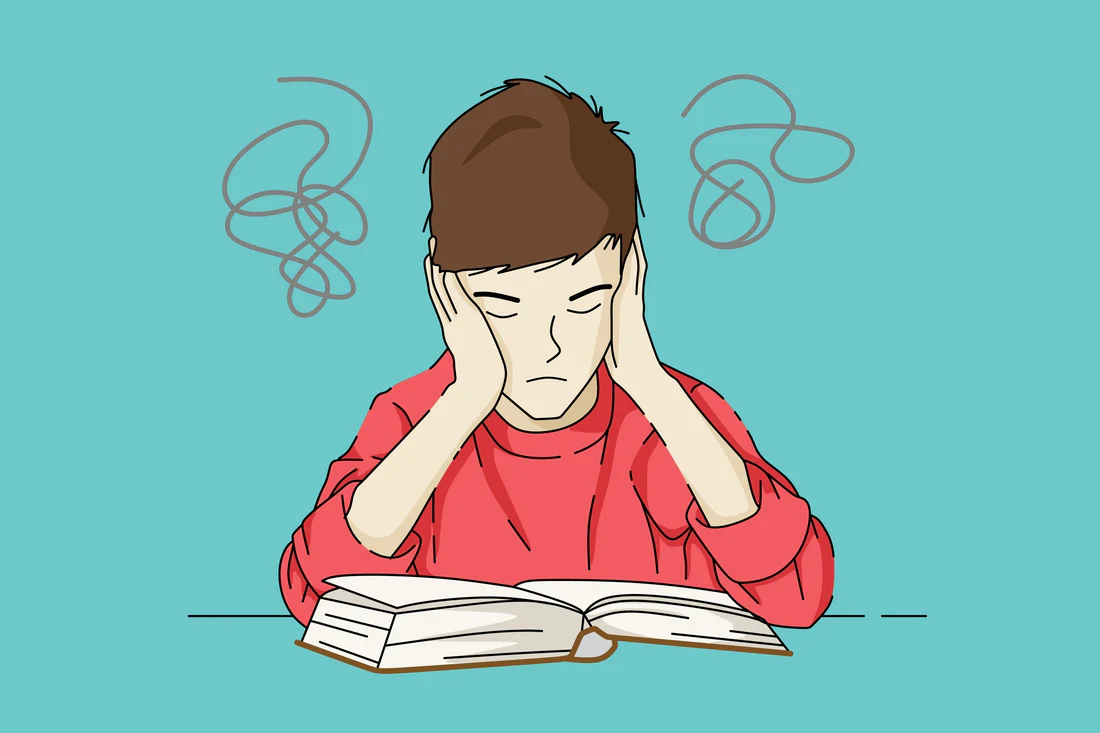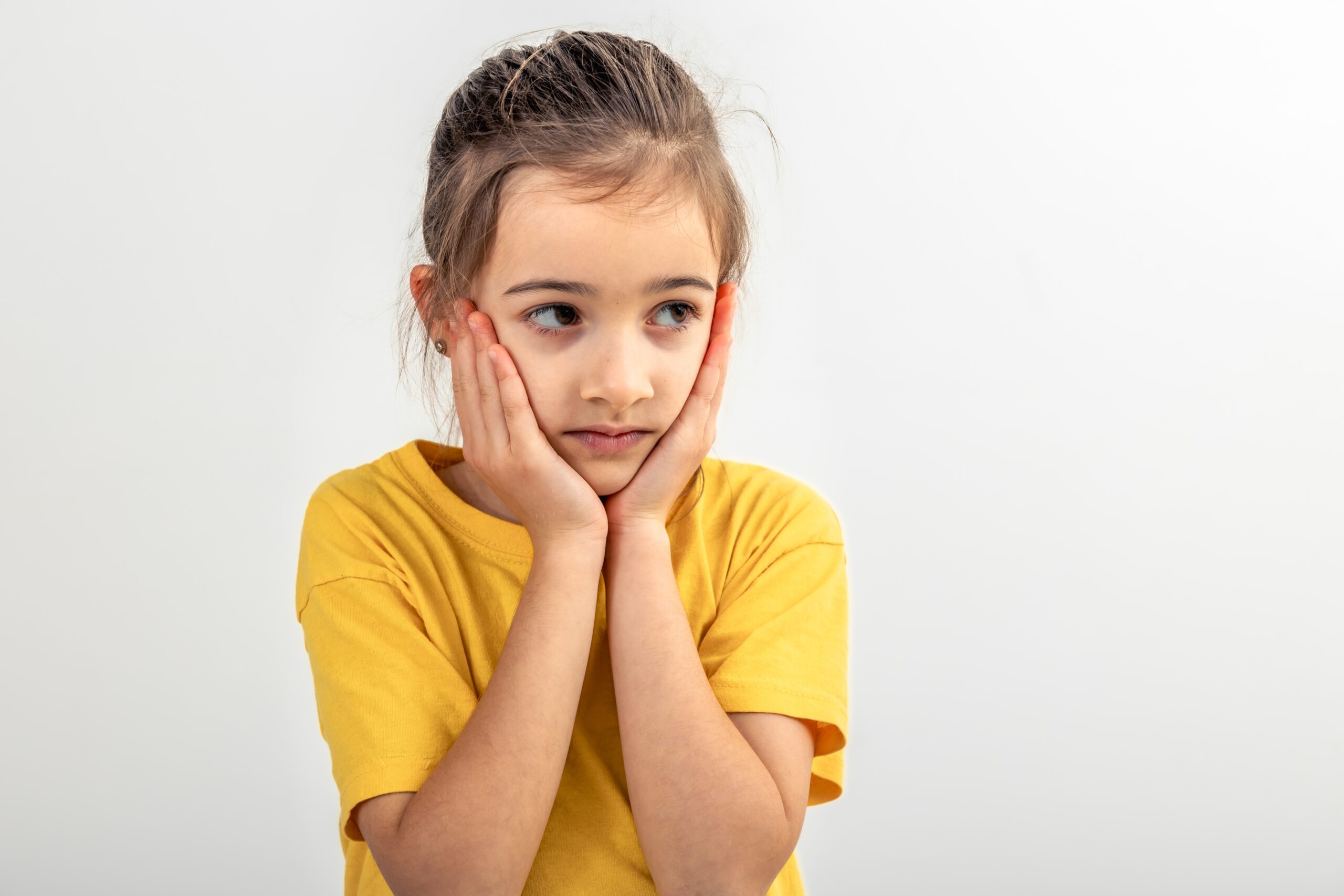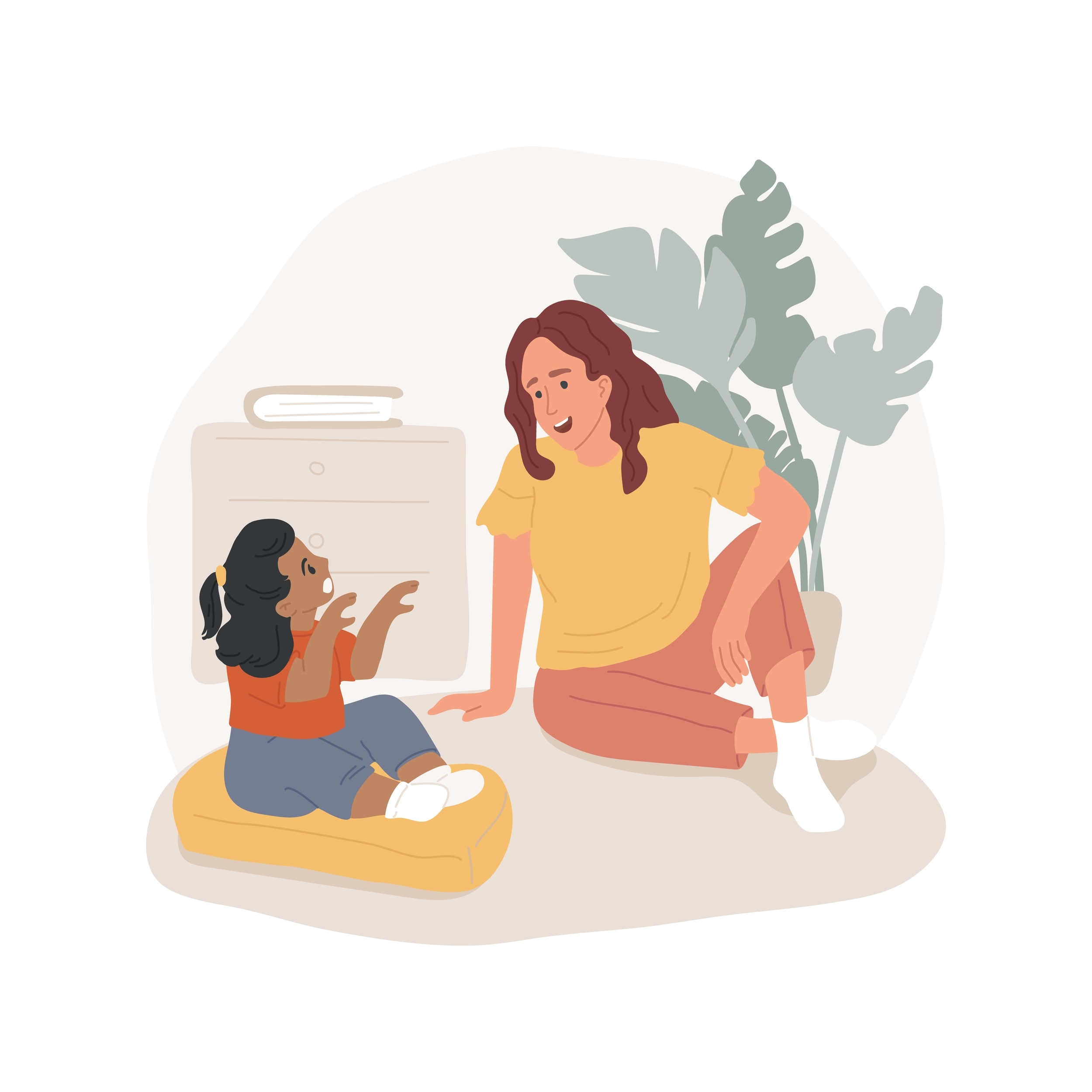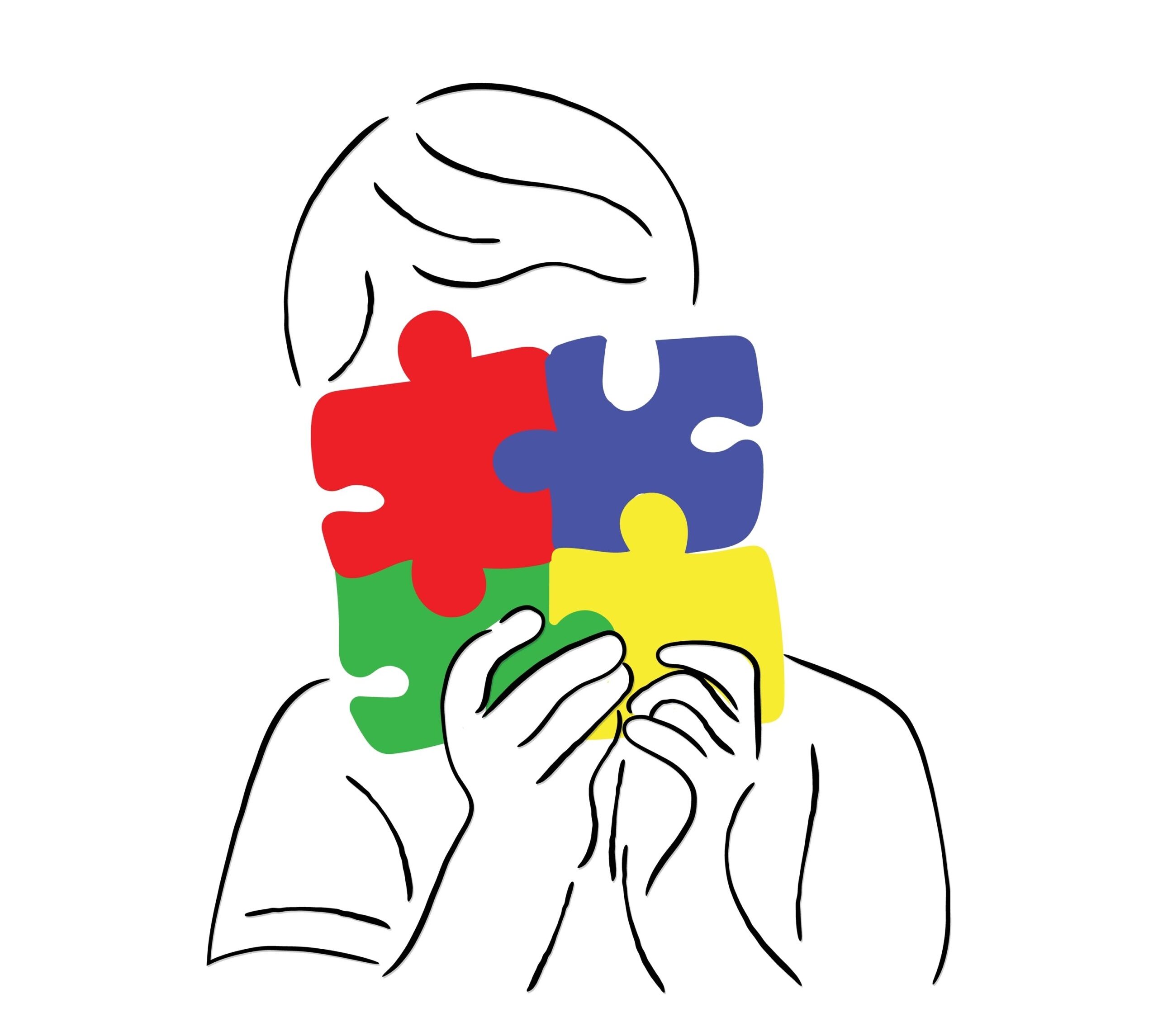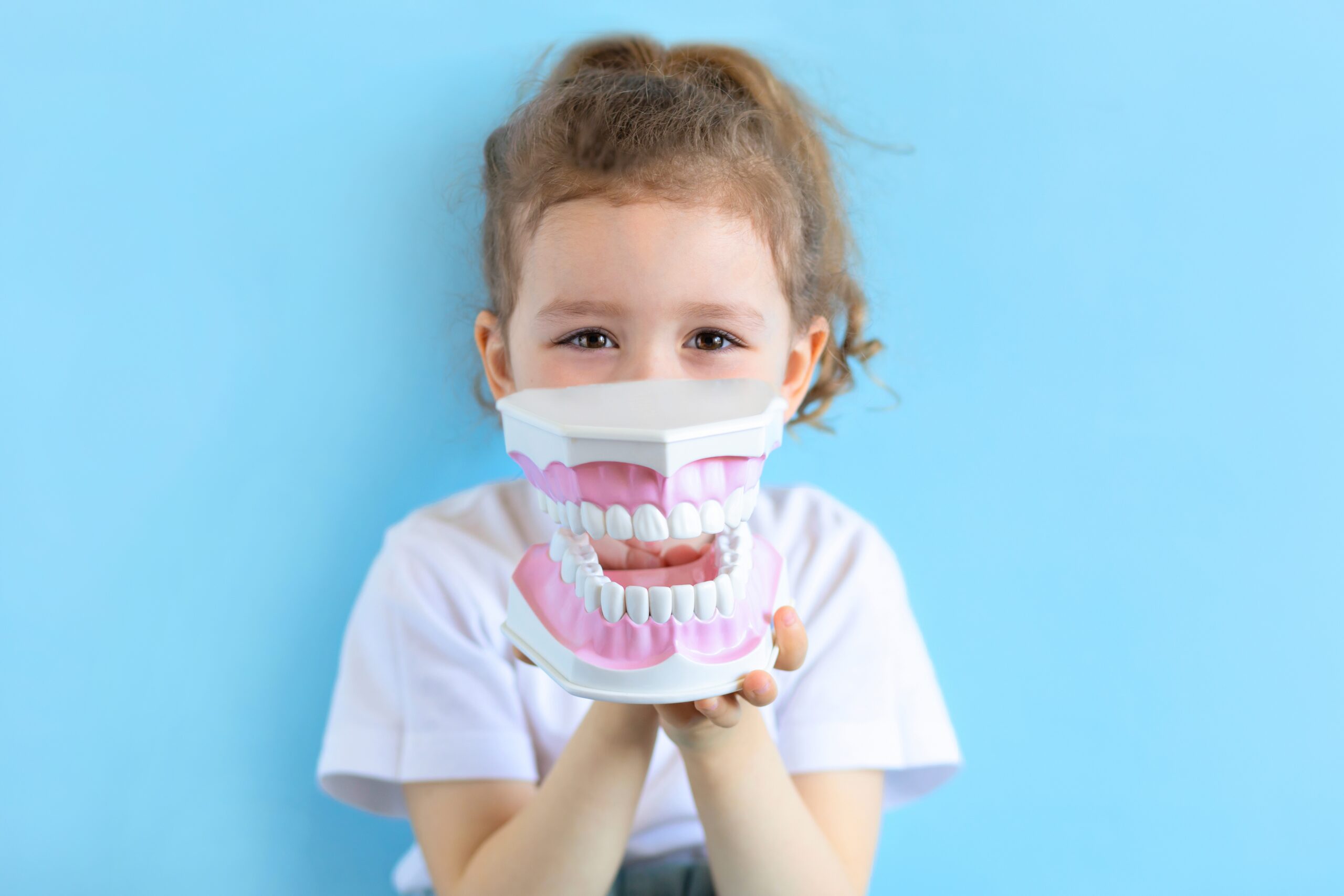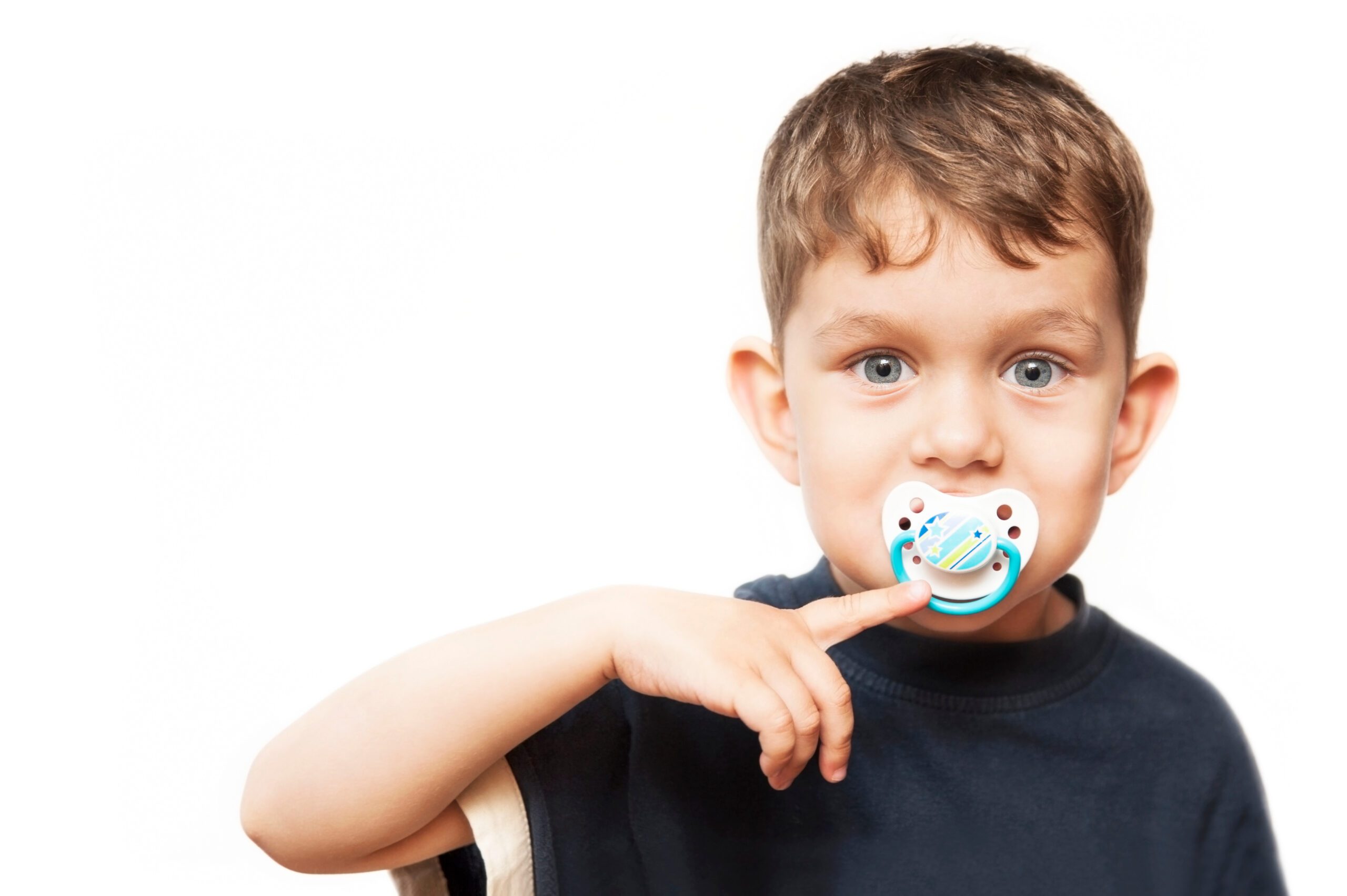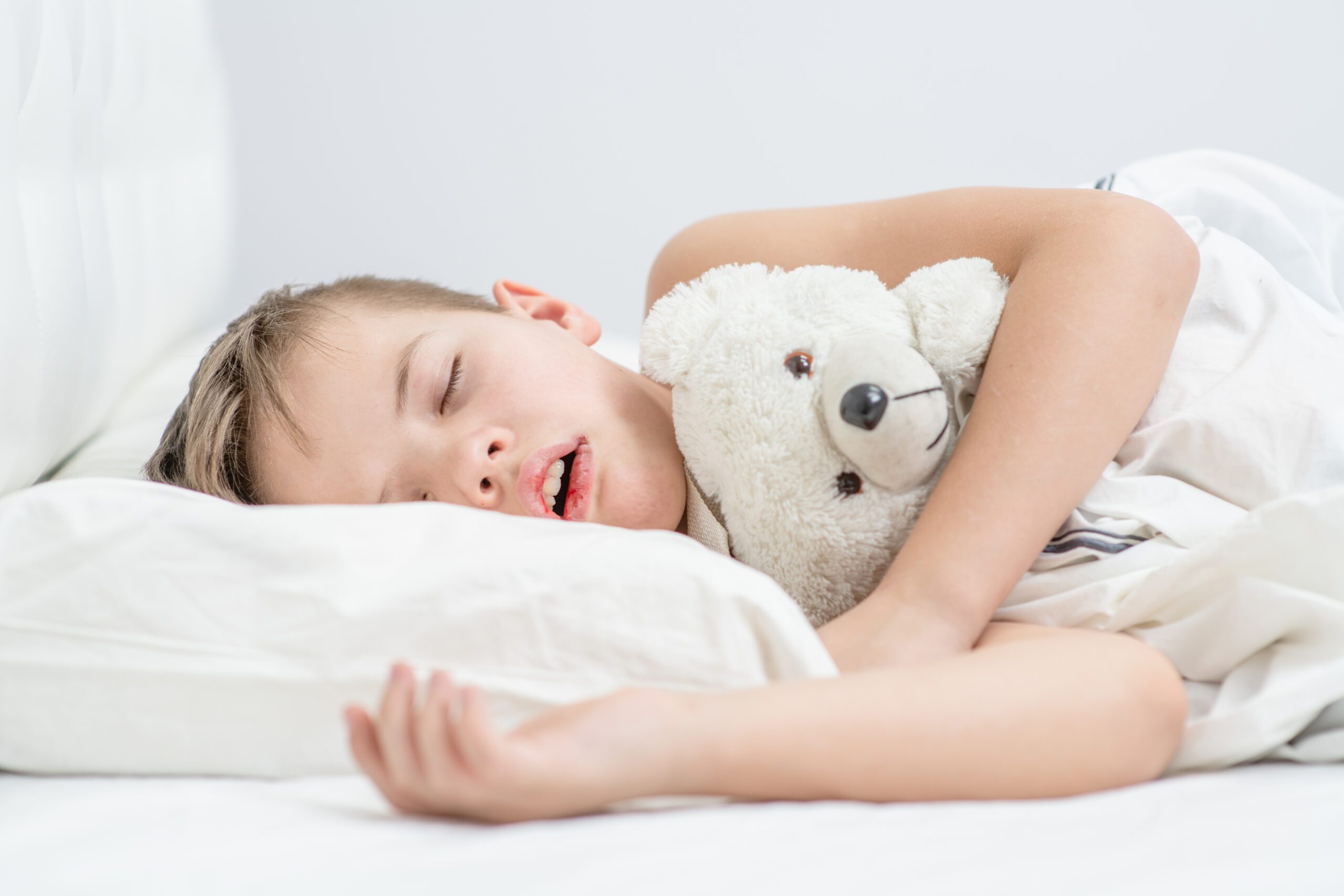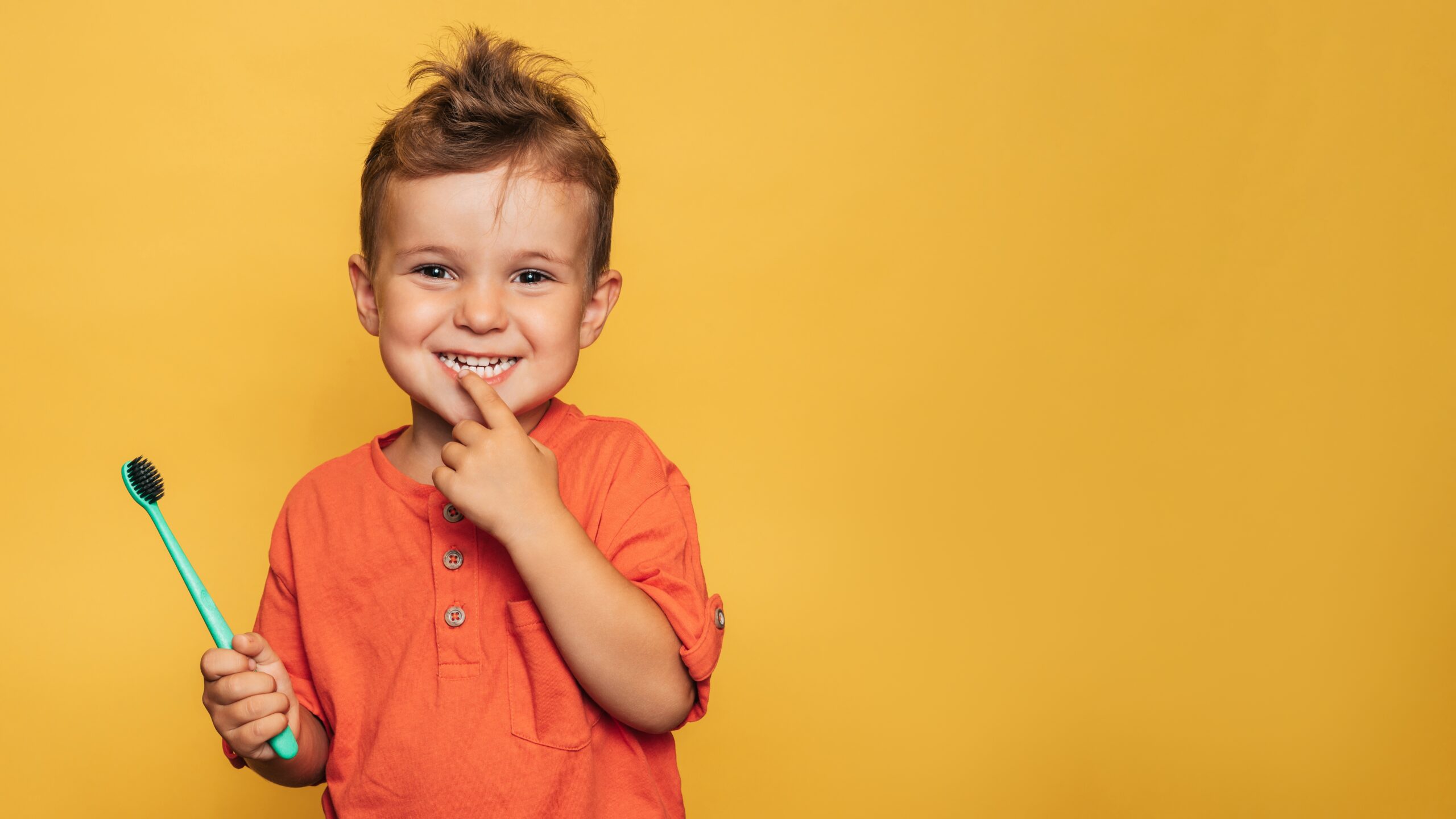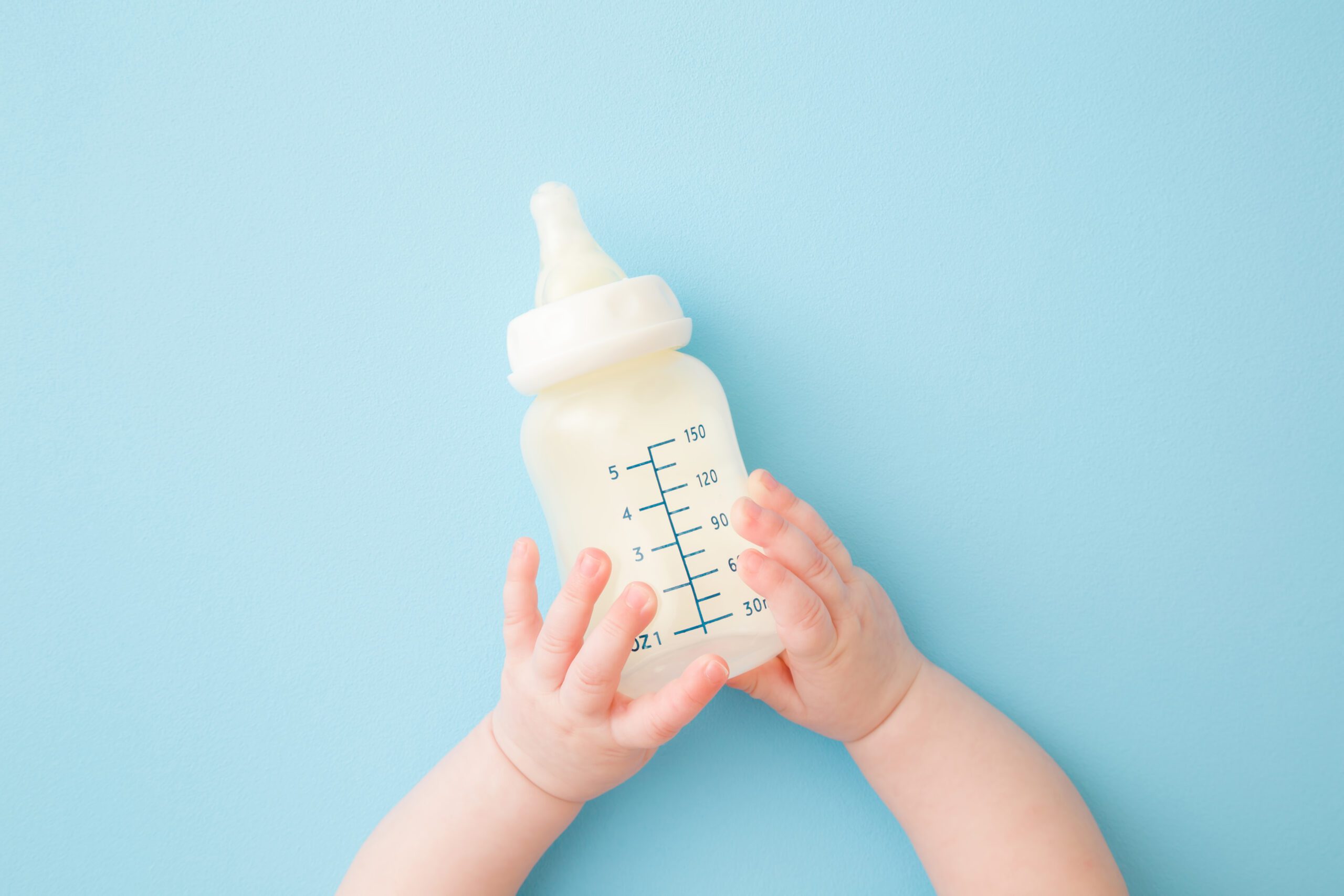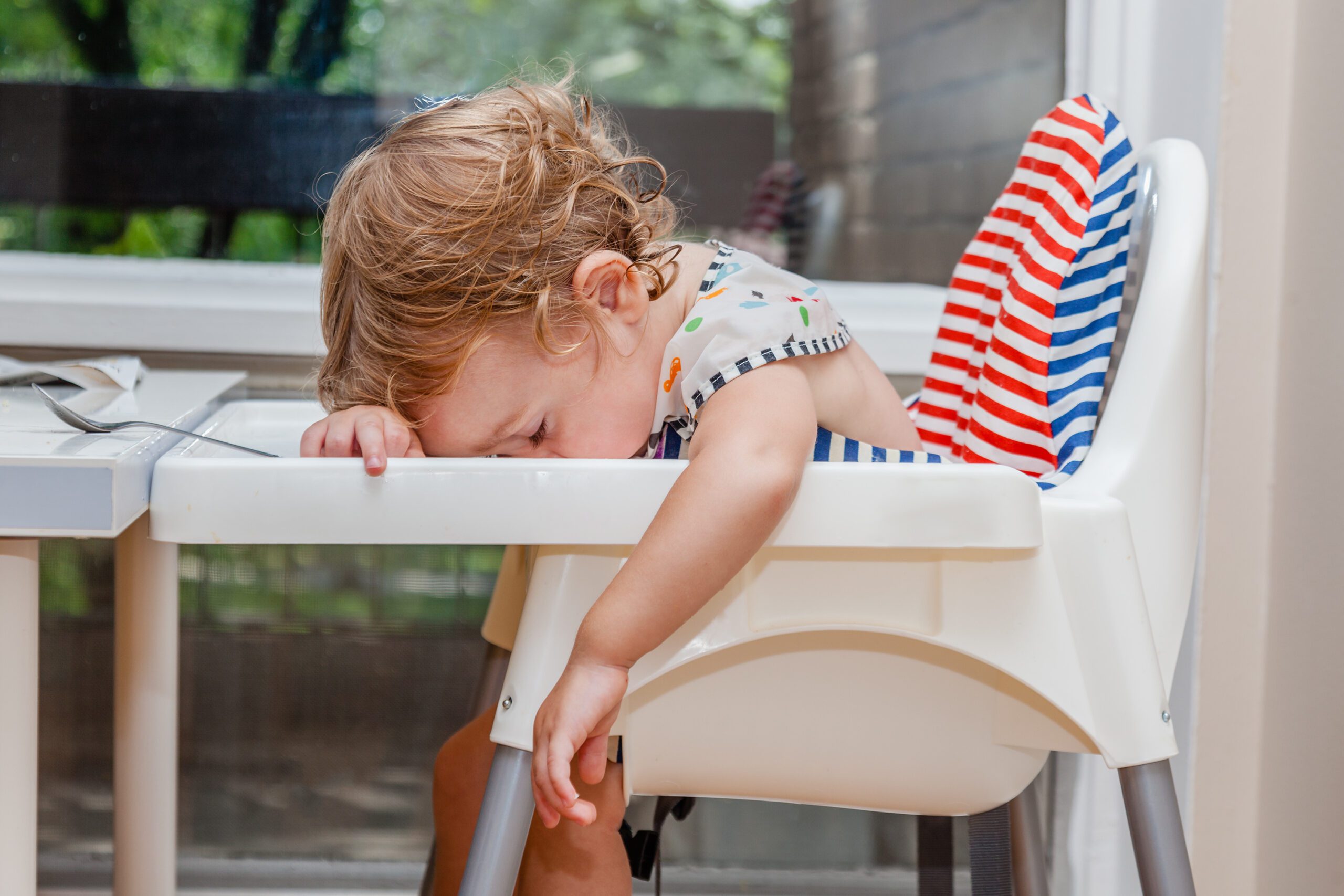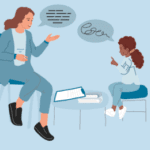
Blog
Understanding the Connection Between Sensory Processing and Behavior in Children
Author: DrSensory
April 30, 2025
Understanding the Connection Between Sensory Processing and Behavior in Children
Why does my child cover their ears at birthday parties? Why do the seams on socks cause meltdowns, or loud cafeteria noise spark panic? These “little” things may look trivial on the outside—but for a child with sensory processing challenges, every sight, sound, and texture is magnified.
Take Mia, a bright, energetic 6-year-old who struggles in bustling classrooms. She’s overwhelmed by sudden noises, certain fabrics make her itch, and group activities sometimes end in tears. For Mia, and thousands of children with Sensory Processing Disorder (SPD), everyday experiences can trigger behaviors that seem confusing to caregivers and teachers alike.
How can we help? The key is understanding that many behaviors are rooted not in willfulness, but in how children’s brains process sensory input. Solutions like sensory diets and tailored environments can make all the difference. This guide explores the link between sensory processing and children’s behavior, and offers practical strategies for parents, educators, and therapists.

What is Sensory Processing Disorder (SPD)?
Sensory Processing Disorder (SPD) is a neurological condition where the brain struggles to interpret and respond to information received from the senses. Think of it as a traffic jam in the brain’s communication center. Instead of smoothly integrating sensory signals, SPD causes some messages to arrive too loudly, too quietly, or scrambled altogether. This can overwhelm a child and lead to unexpected behaviors.
How the Brain Processes Sensory Information
Every moment, the brain receives data from:
- The five classic senses (touch, sound, sight, taste, smell)
- The vestibular system (balance and spatial orientation)
- The proprioceptive system (body awareness)
- The interoceptive system (internal sensations, like hunger or needing the restroom)
For most kids, the brain integrates these signals efficiently. For a child with SPD, information gets stuck, is misread, or causes distress.
Common Sensory Sensitivities and Behavioral Signs
1. Tactile Sensitivities
- Signs: Avoids messy play, dislikes certain fabrics, recoils from hugs, or overreacts to touch.
- Behavioral Links: Meltdowns during dressing, refusal to eat foods with certain textures, acting “touchy” or distant.
2. Auditory Sensitivities
- Signs: Distressed by vacuum cleaners, alarms, crowded spaces, or sudden noises.
- Behavioral Links: Covering ears, fleeing noisy areas, irritability, hiding under tables.
3. Visual Sensitivities
- Signs: Squinting or covering eyes under bright lights, discomfort with busy patterns.
- Behavioral Links: Avoids visually intense activities, looks away, becomes easily distracted.
4. Vestibular Sensitivities
- Signs: Extreme responses to swings, slides, or spinning motions.
- Behavioral Links: Fear of playgrounds, motion sickness, reluctance with physical play.
5. Proprioceptive Sensitivities
- Signs: Clumsy, crashes into things, seeks bear hugs, or avoids physical tasks.
- Behavioral Links: Bumping into others, roughhousing, having trouble sitting still.
6. Interoceptive Sensitivities
- Signs: Struggles with toilet training, unaware of hunger/thirst cues, difficulty describing pain.
- Behavioral Links: Bathroom accidents, refusal to eat or sudden irritability.
How Common Is SPD?
Current research suggests that Sensory Processing Disorder affects at least 5% of children, but symptoms are especially prevalent among those with autism, ADHD, or developmental delays. Many go undiagnosed, leaving families searching for answers.
The Real Link: Sensory Processing and Behavior
Many behaviors that seem puzzling or “defiant” are really a child’s attempt to cope with overwhelming sensory input.
Sensory Overload vs Sensory Seeking
Sensory Overload:
When a child receives more input than they can process, the result is overload. Triggers might be loud classrooms, scratchy clothing, or busy hallways. Overwhelmed, kids may:
- Have meltdowns or tantrums
- Withdraw or “shut down”
- Become aggressive or physically lash out
Sensory Seeking:
Other children crave more input to feel regulated. They might:
- Fidget constantly
- Seek rough play
- Make loud noises or move nonstop
Both patterns reflect a nervous system looking for balance.
“Sensory processing is the foundation for emotional regulation and learning.”
– Dr. Lucy Miller
Emotional Regulation & Social Struggles
Children with SPD often struggle with self-regulation. They may:
- React strongly to minor frustrations
- Seem emotionally immature
- Have difficulty participating in group activities
Social relationships can be challenged, as peers (and sometimes adults) misread behaviors as “bad,” rather than as coping mechanisms.
Case Example
Liam, age 8, avoids birthday parties and group playdates. At first, parents and teachers thought he was “shy” or “defiant.” With evaluation, it became clear that Liam experiences sensory overload in noisy environments. Once he was provided with noise-canceling headphones and allowed sensory breaks, his participation and confidence soared.
Strategies for Managing Sensory Processing and Behavior
If you’re wondering, “How do I help my child with SPD?” or “What are effective therapies for kids with sensory challenges?” you’re not alone. Fortunately, effective strategies exist.
Creating Sensory-Friendly Environments
- Reduce Sensory Triggers:
Use soft lighting, minimize clutter, opt for natural fibers in clothing, and reduce classroom echo with carpets or curtains.
- Designated Quiet Spaces:
Offer “chill zones” with soft beanbags, weighted blankets, or small tents for children to regroup.
- Visual Supports and Routines:
Visual schedules, checklists, and predictable routines help reduce anxiety and improve behavior.
Sensory Activities and Tools That Support Regulation
- Deep Pressure Activities:
Weighted blankets, vests, or gentle squeezes can calm the nervous system.
- Tactile Activities:
Sensory bins filled with sand, rice, or water beads; squishy balls; playdough; textured fidgets.
- Vestibular Activities:
Swings, rocking chairs, spinning stools, or simple “animal walks” (crab, bear, etc.) can help balance.
- Auditory Activities:
Calm with soft music, white noise machines, or noise-canceling headphones for overwhelming moments.
- Visual Activities:
Use dimmable lights, simple visual cues, organized workspaces, and low-stimulation décor.
- Proprioceptive Activities:
“Heavy work” like carrying groceries, pushing a cart, climbing playground equipment.
- Interoceptive Activities:
Practice mindfulness and body awareness (guided breathing, yoga, naming bodily sensations).
Establishing a Sensory Diet
A “sensory diet” is a personalized plan of sensory activities throughout the day that supports a child’s unique needs—not a restriction on foods!
“A sensory diet is not just a set of activities, but a way of life that supports a child’s sensory well-being.”
– Eva Lassey, PT, DPT
Steps to Develop a Sensory Diet
- Assess Preferences & Sensitivities:
Use observations, caregiver/teacher input, and standardized assessments with an occupational therapist.
- Choose a Variety of Activities:
Mix calming and alerting inputs tailored to the child’s sensory profile.
- Integrate Regularly:
Build sensory breaks into routines at home and school.
- Monitor & Adjust:
Notice how your child responds and tweak activities as needed.
- Collaborate:
Regularly coordinate with therapists, teachers, and other caregivers for consistency across settings.
“By understanding a child’s sensory needs, we can create environments that set them up for success.”
– Carol K, Occupational Therapist
Expert Insights on Sensory Processing and Behavior
Leading occupational and physical therapists agree:
- Consistency and tailored input make a world of difference for children with SPD.
- Proactive strategies prevent behavioral incidents better than reactive measures.
- Collaboration between home, school, and therapy boosts outcomes.
Behavior management for kids with SPD relies on proactive, compassionate strategies. Avoid labeling behaviors as “bad;” instead, ask what the child’s nervous system is trying to communicate.

Moving Forward: Helping Your Child Thrive
Understanding sensory processing is central to helping children with SPD succeed—not just survive. With the right environment, tools, and collaborative care, children like Mia and Liam can shine at home, at school, and with peers.
If you’re a parent feeling overwhelmed, an educator seeking effective classroom management, or a therapist looking to deepen your expertise, you are not alone. Explore more resources at DrSensory, where you can:
- Learn more about Sensory Processing Disorder and management strategies
- Find a Therapist using DrSensory’s Therapist Database
- Locate a Therapy Clinic Near You via the Clinic Directory
Every child deserves the opportunity to flourish. It starts with understanding their sensory world.
related blogs
Your child is constantly moving, crashing into furniture, or having meltdowns in response to seemingly minor things like a loud
Your toddler refuses to wear certain clothes, has huge meltdowns in noisy places, or is an extremely picky eater, limited
Your child seems to miss verbal instructions, struggles to follow conversations in noisy environments, and often asks "what?" even when
On the surface, autism and Ehlers-Danlos syndrome (EDS) might seem like two entirely unrelated conditions. One is a neurodevelopmental condition
The intense head pain begins, lights feel blindingly bright, and every sound seems amplified to an unbearable level. You retreat




